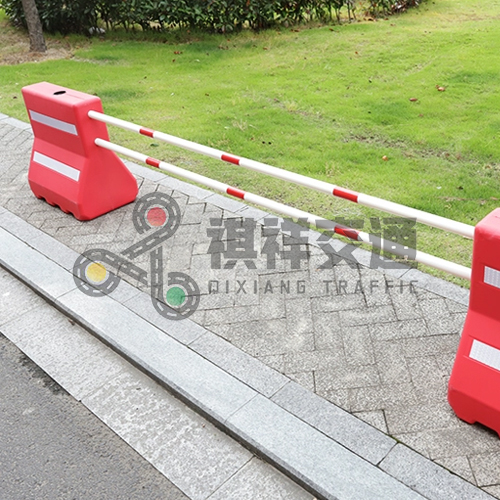Water filled barriers are a common sight on construction sites, roads, and events that require temporary traffic management. These barriers serve a variety of purposes, including traffic control, site demarcation, and event crowd control. One of the most common questions about these obstacles is how much they weigh when filled with water. In this article, we’ll explore the factors that determine the weight of a water filled barrier and gain insight into its practical applications.
The weight of a water filled barrier can vary based on a number of factors, including the size and design of the barrier, the type of material used, and the amount of water it can hold. The weight of a water filled barrier is an important consideration as it affects its stability, transportability, and effectiveness in preventing vehicle intrusion or delineating pedestrian areas.
Water filled barriers can weigh anywhere from a few hundred pounds to several thousand pounds, depending on their size and design. Smaller barriers, such as those used for crowd control at events, typically weigh about 200-400 pounds when empty, can hold up to 50-75 gallons of water, and add an additional 400-600 pounds when filled. On the other hand, larger guardrails used for road construction or highway demarcation weigh 1,000 to 2,000 pounds when empty, hold 200-400 gallons of water, and add an additional 1,500-3,000 pounds when filled.
The weight of a water filled barrier is a key factor in its stability and traffic control effectiveness. The added weight of the water creates a lower center of gravity, making the barrier-less likely to tip over in strong winds or when struck by a vehicle. This increased stability is critical to maintaining safety and order in construction areas and event venues.
In addition to stability, the weight of a water filled barrier can also affect its transportability. When empty, these barriers are relatively lightweight and can be easily moved and positioned by a small number of personnel. However, once filled with water, the barrier becomes heavier and may require heavy machinery or specialized equipment to transport. When planning the deployment and removal of water filled barriers on construction sites, roads, and events, it is important to consider the weight of water filled barriers.
The weight of a water filled barrier can also affect its ability to resist vehicle intrusion. In the event of a collision, the added weight of water can make it more difficult for a vehicle to drive over or move an obstacle. This additional resistance helps protect construction workers, pedestrians, and event attendees from potential injuries and ensures the integrity of work areas and event spaces.
In summary, the weight of a water filled barrier is a key factor in its stability, transportability, and effectiveness in controlling traffic. The weight of a water filled barrier is affected by its size, design, and water capacity, and can range from a few hundred pounds to several thousand pounds when filled. Understanding the weight of a water filled barrier is critical to its proper deployment and use in buildings, roads, and events. The next time you see a water filled barrier, you’ll realize how important its weight is in maintaining safety and order in your surroundings.
Post time: Dec-15-2023







